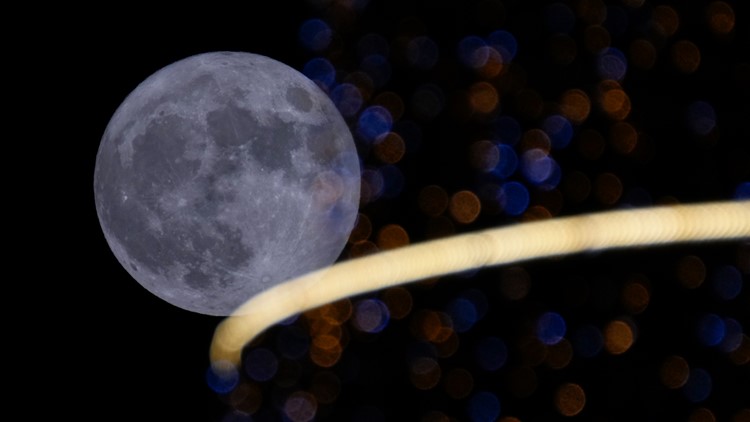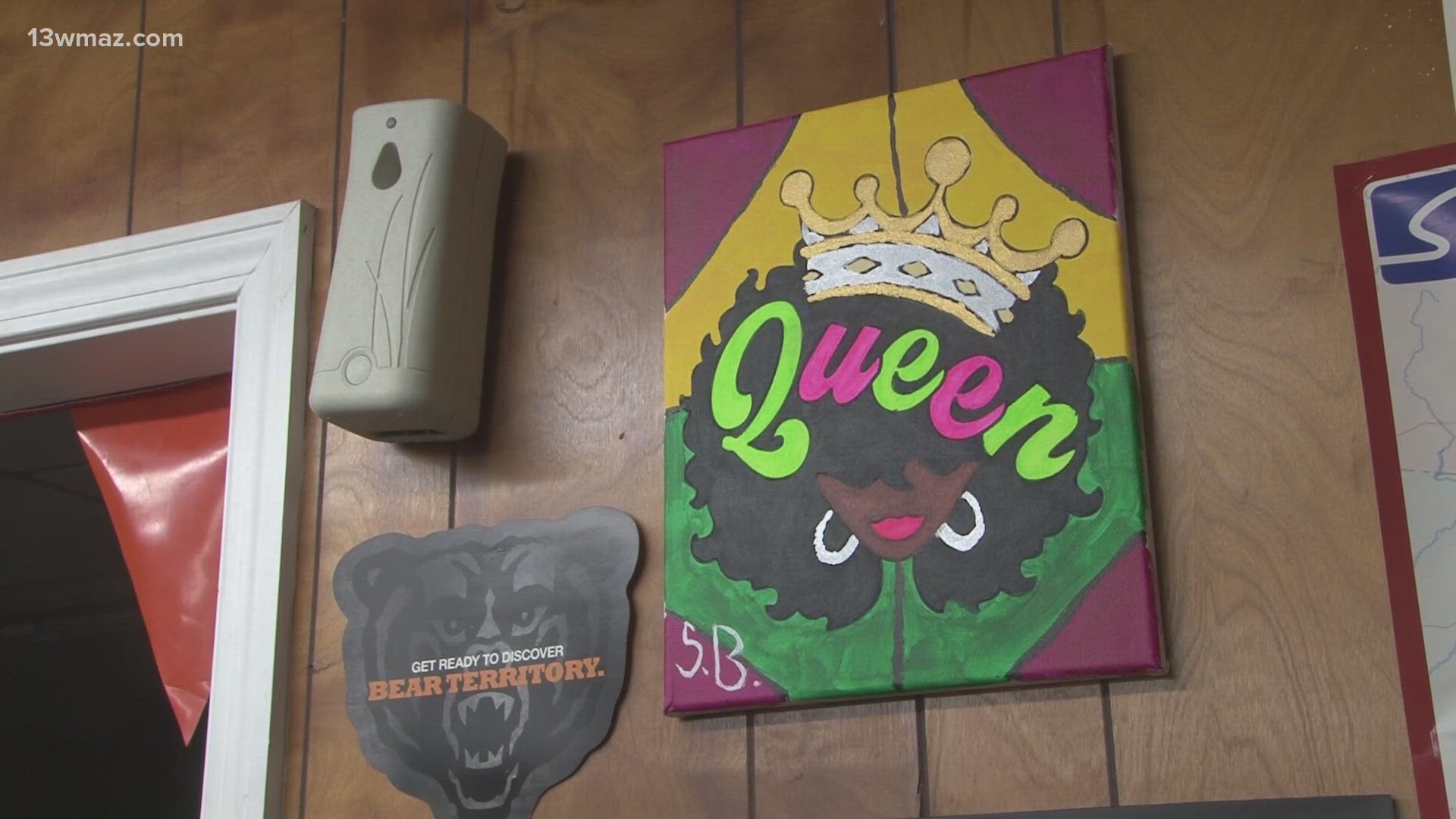NEW YORK — The next full moon will be the first full supermoon of 2023. The Buck Supermoon will appear on July 2 and 3 and will appear brighter than the average full moon.
The average full moon is 238,900 miles from Earth. Supermoons are slightly closer – the Buck Supermoon will be 224,895 – but the change in size isn't obviously bigger, according to EarthSky, an astronomy website published by experts in the field.
The brightness of the moon, however, will seem different. Supermoons are 16% brighter than an average moon.
The Native American names for full moons were published by the Maine Farmer's Almanac back in the 1930s, and each one is significant to the time of year, according to NASA. In early summer, bucks get their antlers, so the first July full moon is called the Buck Moon.
It is also referred to as the Thunder Moon because thunderstorms begin in early summer.
The moon gets its "super" prefix because it reaches its peak less than 10 hours after its orbit became closest to the Earth, also know as its perigee. New moons or full moons that occur when the moon is with within 90% of perigee were dubbed "supermoons" by astrologer Richard Nolle in 1979.
The Buck Supermoon will reach its peak illumination at 7:39 a.m. ET on Monday, July 3, according to the almanac.
This year already saw three new supermoons in January, February and March. New moons are invisible because the sun and Earth are on opposite sides of it, according to EarthSky.
There will be four full supermoons in a row this year: July's Buck Supermoon, the Aug. 1 Sturgeon Moon, the Aug. 30 Blue Moon and the Sept. 28 Harvest Moon.
The Blue Supermoon will be this year's closest to Earth.



